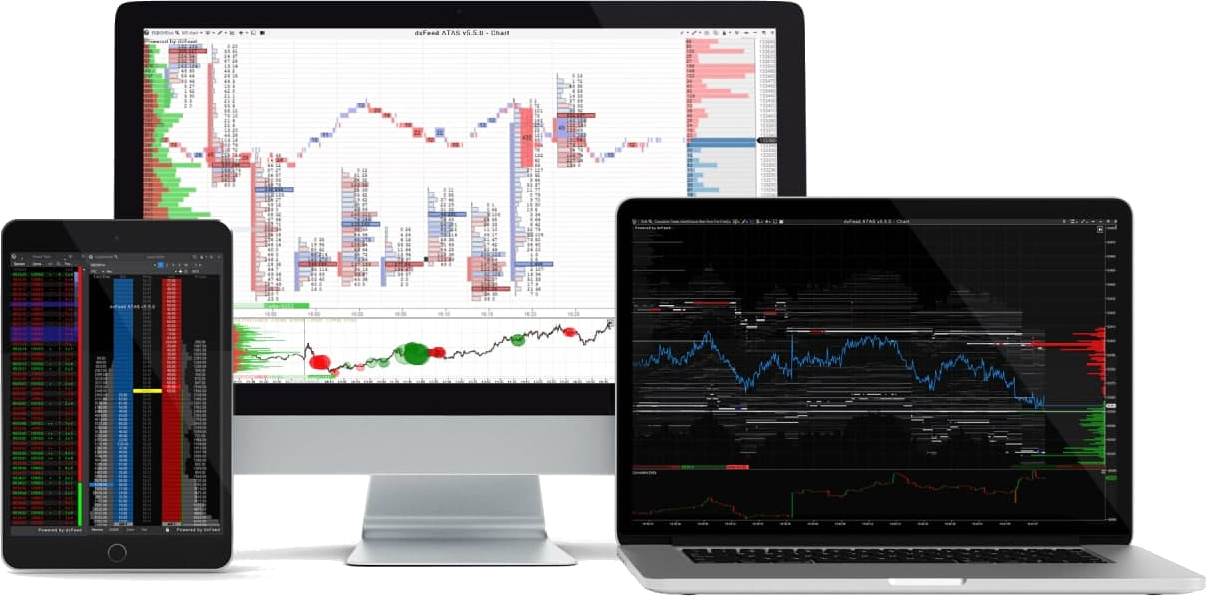From innovation to sustainability: At Arbonia Next25 and Capital Markets Day 2025, which will take place in this framework, Arbonia will present exclusive insights into current and upcoming product lines in the area of doors, shower stalls, and room partitioning systems. The focus of Capital Markets Day 2025 will be on the positioning of the new Arbonia as Europe’s leading door manufacturer. In Erfurt, Germany, Arbonia will present all brands under one roof for the first time for customers, architects, project developers, suppliers, investors, and interested parties. Capital Markets Day 2025 also offers an exclusive insight into the door production at Garant, one of the most modern and productive door production plants in Europe.
Arbonia focuses on sustainability
The production at Garant, as well as the entire Arbonia Group, relies on power supply with renewable energies. Across the Group, 66 % of the total energy requirement is from renewable sources – 95 % for heat consumption. Heat as well as electricity are generated from wood waste in biomass combined heat and power (CHP) plants, and electricity is additionally produced by photovoltaic systems. For Arbonia, sustainability is an essential part of the long-term company success, which includes dealing responsibly with employees, suppliers, customers, as well as the environment and natural resources. For this reason, improving the ecological footprint is also emphasized when selecting material. Therefore Arbonia now offers a linoleum surface that binds more CO₂ than is released during processing. In the manufacture of doors and frames, Arbonia also relies on the regionally available and renewable material wood, which binds CO₂ during growth and over the service life of the product.
Door strategy
15 long-established companies are collected under the umbrella of Arbonia. They all contribute their expertise and their core competencies to Arbonia, enabling Arbonia to offer its customers a uniquely integrated product range from a single source. From shower stalls to fire doors, from the simple room doors to system doors, and from sound insulation to smart doors.
With this approach, Arbonia is continuing to work towards its goal of expanding its leading position as a European supplier of wooden doors and glass solutions. Based on a finalised investment programme for capacity and productivity increases as well as by increasing market shares in its domestic and neighbouring target markets, it is aiming for above-average market growth in Central Europe in the future. The focus is on the consolidation of existing markets, the development of new distribution channels, and the continuous optimisation of processes. These initiatives will enable the new Arbonia to strengthen its market position and achieve sustainable growth.
Mid-term financial targets – without one-time effects and future M&A
The German market for new buildings is not expected to recover in 2025, although the lowest point was reached in 2024. Despite this external market expectation, Arbonia has observed a market calming due to increasing renovation activity in Germany, an important market for Arbonia, and sees a potential for further growth across all markets. The target is based on an assumption of stable CHF/EUR exchange rates, a recovery of the market, as well as a normal development of material and energy costs over the target period.
Building on its geographic diversification with a market-leading position in Central, South-Western and Eastern Europe, as well as the diversification of its sales channels, Arbonia expects growing organic revenue. In addition, the investments in the last few years allow a high degree of automation and productivity gains, and additional volumes will therefore result in considerably higher profitability. Together with cost reductions as well as a normalisation of energy costs, this will enable the EBITDA margin to increase. Depreciation and amortisation will continue to increase over the years, since many investment projects will not be fully commissioned until 2024 to 2026. The investments in the past will furthermore allow a continuous reduction of investments in the future. This leads to the following mid-term targets:
- Revenue up to 2029 is expected to be in the region of CHF 820 million – CHF 850 million.
- The EBITDA margin will be between 14 % – 15 % in 2029.
- Depreciation and amortisation1 are expected to a range between 6.0 % – 6.5 % of revenue, with corresponding positive effects on taxes.
- The already low level of net working capital (8.5% of pro-forma net revenue as at 31.12.2024) will only increase slightly in proportion to revenue.
- Investments will continually decrease over the period to below 4 % of revenue. They will normalise at this level.
- IFRS 16 lease payments2 will increase from CHF 4.2 million in 2024 to about CHF 6.0 million in 2025 due to the commissioning of the CHP plants at Prüm and Garant, as well as the full-year effect of the 2024 acquisitions.
- Rising EBITDA, decreasing investments and low taxes due to rising depreciation lead to an increasing free cash flow development.
Due to the successful completion of the sale of the Climate division on 26 February 2025 and the distributions of around CHF 405 million (CHF 5.83/share) proposed by the Board of Directors and to be approved by the Annual General Meeting on 25 April 2025, a high equity ratio3 of around 70% is expected. Based on this, the new Arbonia has set itself a dividend policy geared towards the future of the business: distributions are to range between 30% of net income and a maximum of 50% of free cash flow.
Strategy for inorganic growth
Arbonia is focussing on an acquisition strategy based on three pillars: the expansion of its geographic presence in Europe, the extension of its product range, and the diversification of its sales channels in order to increase growth over the long term and open up new market potentials.
___________________________________
1Excluding PPA amortisation: PPA amortisation will reach around CHF 17 million in 2025 (full-year effect of the Dimodura and Lignis acquisitions) and fall to around CHF 13 million in 2027, with a constant trend until 2029.
2Includes repayment of lease liabilities (CHF 3.5 million in 2024) and interests (CHF 0.7 million in 2024).
3Calculated on the balance sheet as at 31 December 2024, the net result from the sale of the Climate division and the planned distribution of CHF 405 million.



